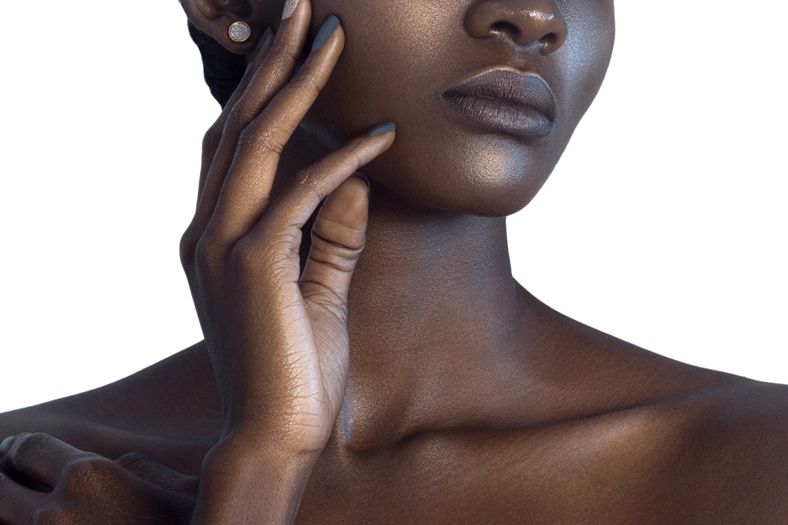 Most patients who experience dry, itchy skin or another skin complaint expect to be able to go to the doctor and leave with a diagnosis. Unfortunately, patients of color often struggle to get an accurate diagnosis for even the most common of skin disorders.
Most patients who experience dry, itchy skin or another skin complaint expect to be able to go to the doctor and leave with a diagnosis. Unfortunately, patients of color often struggle to get an accurate diagnosis for even the most common of skin disorders.
The skin care of patients who are people of color is truly a subspecialty of dermatology. More training is needed for physicians to better recognize common and uncommon conditions that present to both the primary care clinic and dermatology clinic. Continue reading “Why Diagnostic Gaps for Skin of Color Are a Serious Problem”


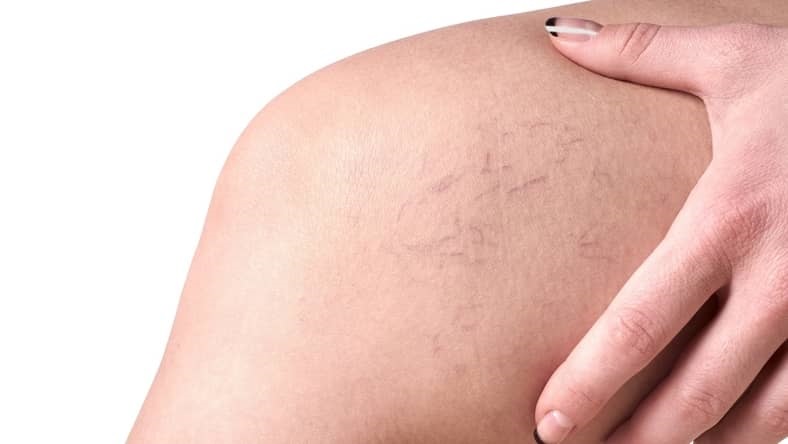 Spider veins are small, wispy veins that have become visible as red or purple discoloration. They look similar to spindly spider legs, hence the name. They are quite visible on the body and are usually found in the legs. They don’t bulge out from the skin like varicose veins, but many people want to lessen their appearance.
Spider veins are small, wispy veins that have become visible as red or purple discoloration. They look similar to spindly spider legs, hence the name. They are quite visible on the body and are usually found in the legs. They don’t bulge out from the skin like varicose veins, but many people want to lessen their appearance.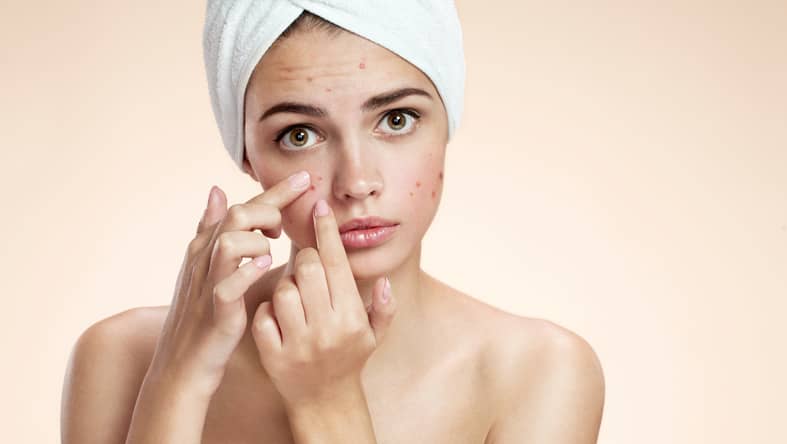 Over-the-counter face washes, gels and creams are often no match for acne. When you feel like you’ve tried every available
Over-the-counter face washes, gels and creams are often no match for acne. When you feel like you’ve tried every available 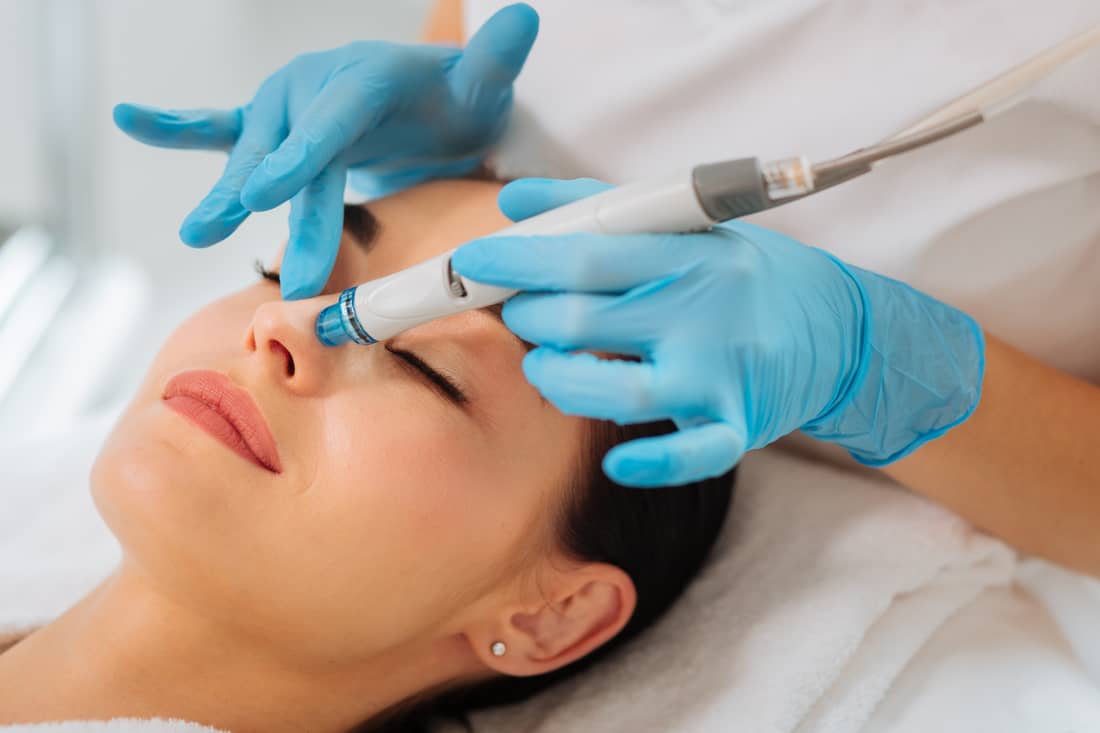 An effective at-home skincare routine should include a cleanser, toner and moisturizer, along with an SPF 30 or higher sunscreen. But no matter how good your daily skincare routine is, these products don’t have the power to improve your skin’s youthful appearance like an in-office facial at Advanced Dermatology and Laser Institute of Seattle can.
An effective at-home skincare routine should include a cleanser, toner and moisturizer, along with an SPF 30 or higher sunscreen. But no matter how good your daily skincare routine is, these products don’t have the power to improve your skin’s youthful appearance like an in-office facial at Advanced Dermatology and Laser Institute of Seattle can.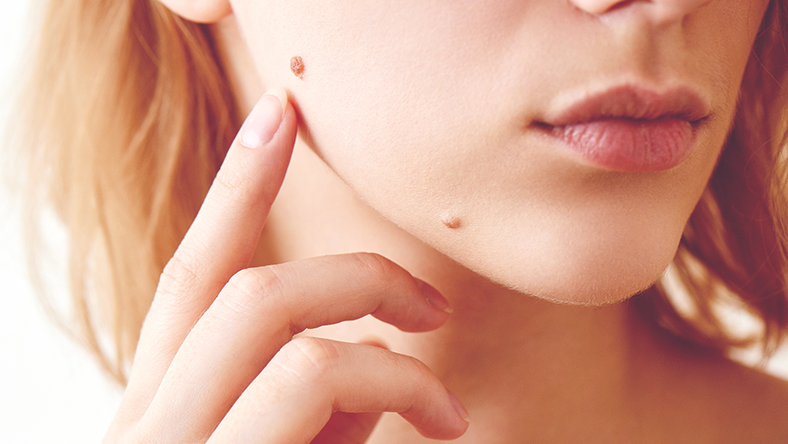 Moles on your skin are usually no big deal. They often appear during childhood and adolescence and can become lighter or darker as the years go by. However, sometimes what look to be common, harmless spots can be a sign of something far more dangerous—melanoma. If you think you have a growth that’s more than just a benign mark, it may be time for
Moles on your skin are usually no big deal. They often appear during childhood and adolescence and can become lighter or darker as the years go by. However, sometimes what look to be common, harmless spots can be a sign of something far more dangerous—melanoma. If you think you have a growth that’s more than just a benign mark, it may be time for 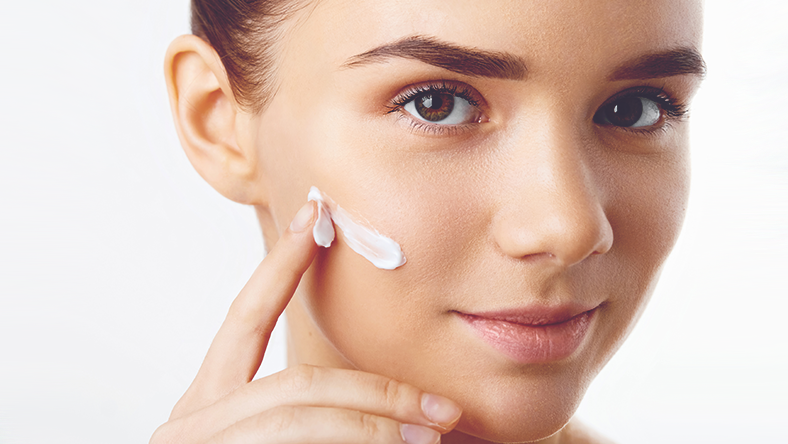 If you’ve been on the fence about this issue, think no further—yes, sunscreens indoors all year round is a must. At the
If you’ve been on the fence about this issue, think no further—yes, sunscreens indoors all year round is a must. At the